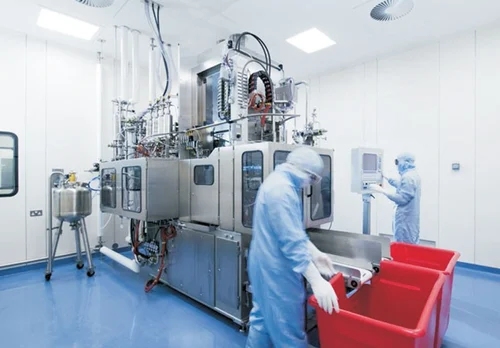Cleanrooms in hospitals are specialized environments designed to maintain strict levels of cleanliness and control over airborne contaminants. Here are some key ways in which cleanrooms in hospitals differ from regular hospital rooms:
-
Air Quality Control: Cleanrooms employ advanced air filtration systems to ensure a highly controlled environment. They typically have a higher number of air changes per hour compared to regular hospital rooms, and the air is filtered to remove particles and microorganisms.
-
Pressure Differentials: Cleanrooms are often designed with positive or negative air pressure differentials to prevent the entry of contaminants. Positive pressure cleanrooms keep air flowing out of the room, minimizing the chances of external contaminants entering. Negative pressure cleanrooms draw air in, containing potentially harmful substances within the room and preventing their spread to other areas.
-
Cleanliness Standards: Cleanrooms adhere to stringent cleanliness standards and are subject to regular monitoring and validation. They are built with specialized materials and finishes that are easy to clean and disinfect. Regular hospital rooms may follow standard cleaning protocols, but they don't have the same level of focus on maintaining ultra-clean environments.
-
Control of Particulate Matter: Cleanrooms are designed to minimize the presence of particulate matter, such as dust, microbes, and other airborne particles. They typically have advanced ventilation systems and may include features like HEPA (high-efficiency particulate air) filters to capture and remove contaminants from the air.
-
Sterile Equipment and Attire: In cleanrooms, strict protocols are followed regarding the use of sterile equipment and attire. Staff members and visitors often need to wear specialized cleanroom garments, such as gowns, gloves, masks, and shoe covers, to minimize the introduction of contaminants. Regular hospital rooms may have their own infection control measures, but the level of attention to sterility is not as stringent.
-
Specialized Applications: Cleanrooms in hospitals are typically used for specific procedures and activities that require an ultra-clean environment. These can include surgeries, pharmaceutical compounding, research laboratories, and isolation rooms for patients with compromised immune systems. Regular hospital rooms, on the other hand, cater to a broader range of patient needs and may not have the same level of specialized infrastructure.
It's important to note that not all hospitals have cleanroom Oman , as they are typically reserved for specialized purposes. However, when they are present, their design and maintenance are crucial for minimizing the risk of infections and maintaining a controlled environment for sensitive medical procedures.


No comments yet